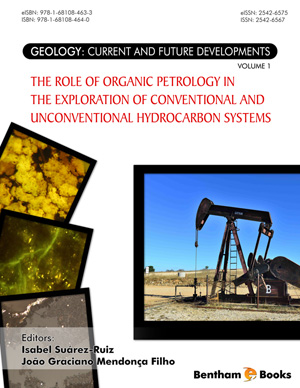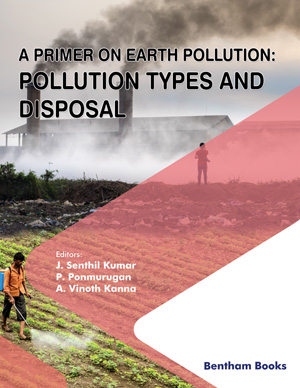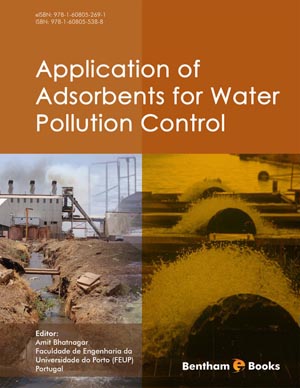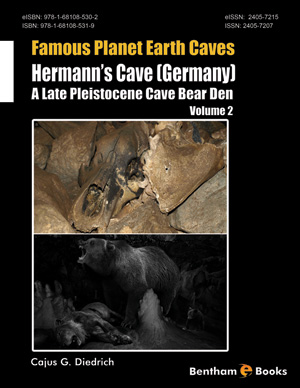Abstract
Shale oil resource systems are oil reservoirs of fine grained facies with abundant organic matter (in many cases TOC> 2%), low porosity (normally between 4 to 14%), low permeability (in the micro- to nano Darcy range) containing in situ generated oil or short distance migrated oil. They produce light oil or condensate, usually generated from the mid to late oil window phase. These shale oil reservoirs cannot be exploited by means of conventional production technologies (vertical wells) and may require a different type of advanced, completion and development techniques. From the point of view of organic composition these systems are complex because they contain primary organic matter but also secondary products from the thermal degradation (cracking) of primary organic matter. It is here where organic petrology contributes to understanding shale oil reservoirs by identifying and estimating what kind of primary organic matter was deposited (marine or terrigenous, algae, spores, bacteria woody remains), and what the secondary organic products are, whether oil or solid bitumen and, in this way conveying an idea of the type and degree of organic matter richness in the rocks. Moreover, organic petrography also assesses the degree of maturity reached by the organic matter which in combination with the characteristics of the organic matter will define the type of fluid generated (oil or gas) during the thermal evolution. The Upper Formation (Turonian-Santonian age) of the organic-rich Cretaceous sequence located in the Middle Magdalena Valley (MMV) basin from Colombia is described here as one of the examples of shale oil reservoirs in which organic petrology has played a fundamental role in assessing the type of organic matter contained in the system, its provenance, paleosedimentary environment and thermal maturity. Moreover organic petrography is the only method of identifying sedimentary levels in this shale oil reservoir with high content in solid bitumen as a critical organic component in the development of organic porosity. The development of porosity contributes to the routes of migration of hydrocarbons and must be taken into account when evaluating the quality of these systems, their capacity to retain hydrocarbons (oil/gas) and their potential exploitability. This contribution also points out the capacity of organic petrology through its various methodologies, organic petrography, the visual assessment of kerogen and palynofacies analysis, to solve and clarify erroneous interpretations that can be made from data used as proxies for organic petrologic data.
Keywords: Shale oil, Kerogen, Solid bitumen, Organic petrography, Palynofacies, Thermal maturity, TOC, Porosity.












